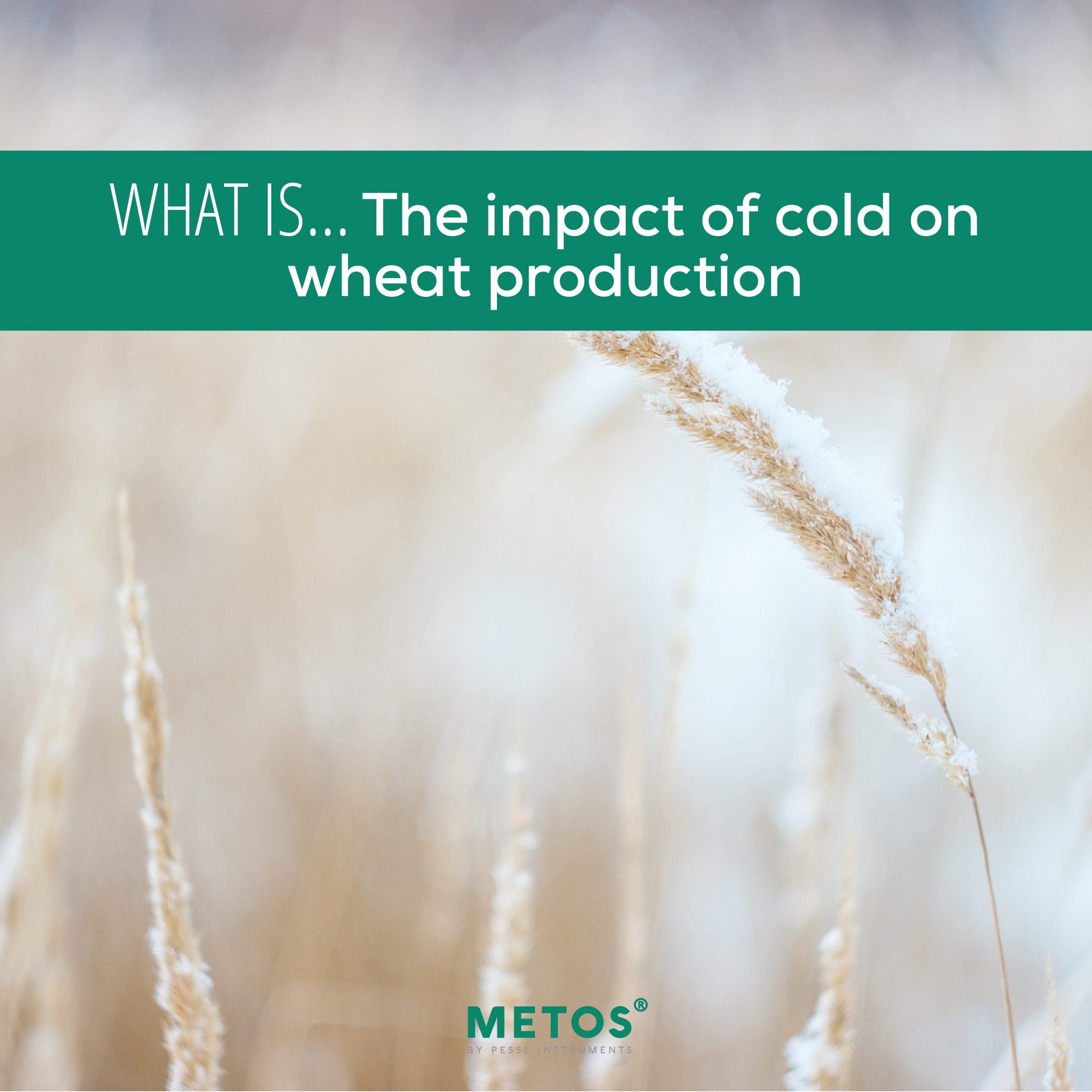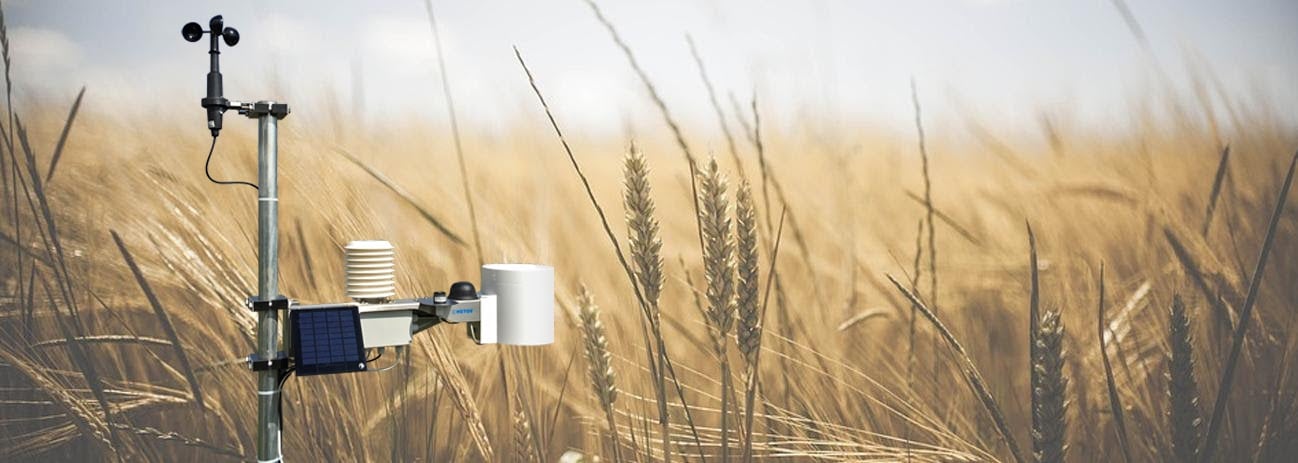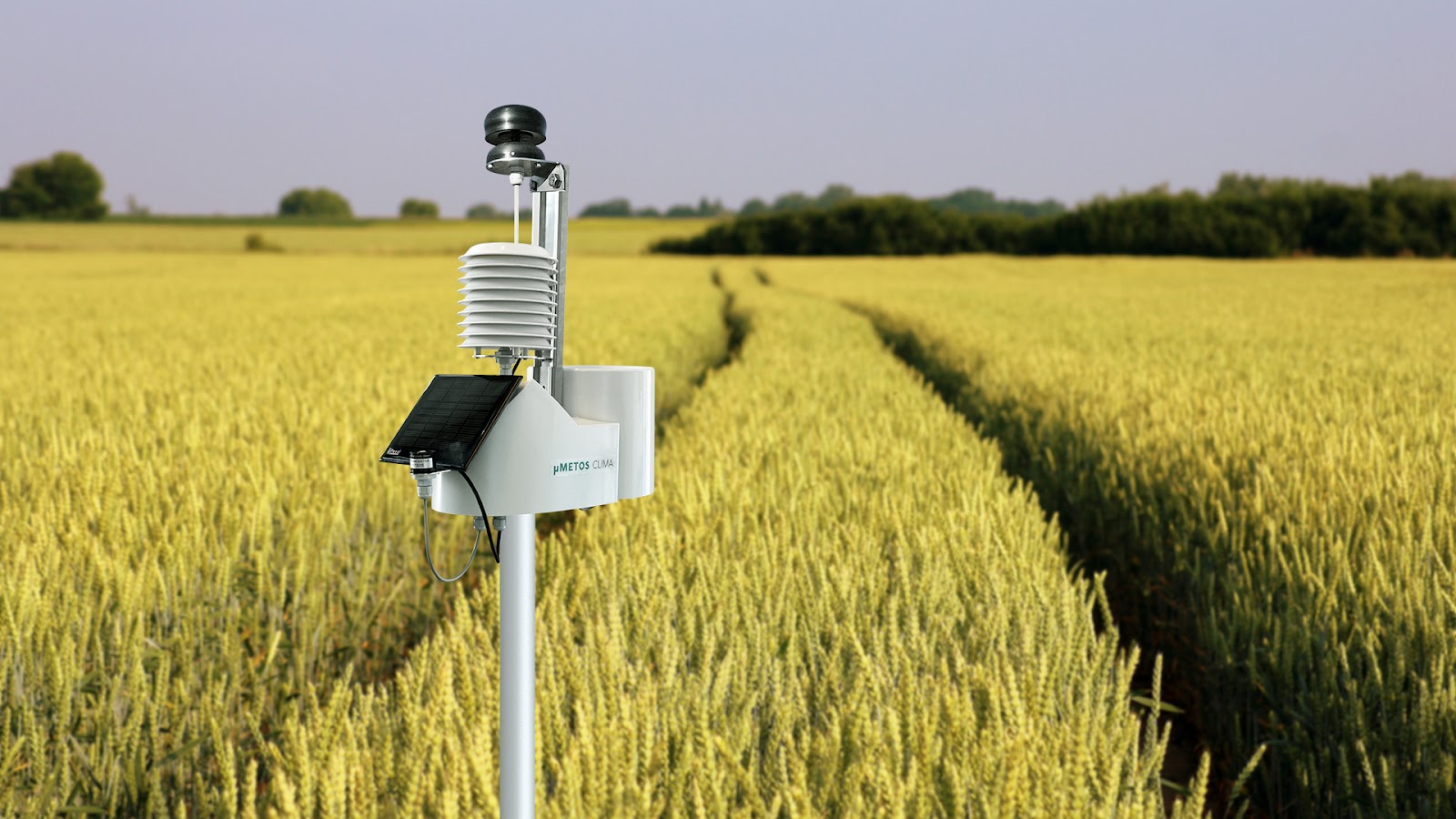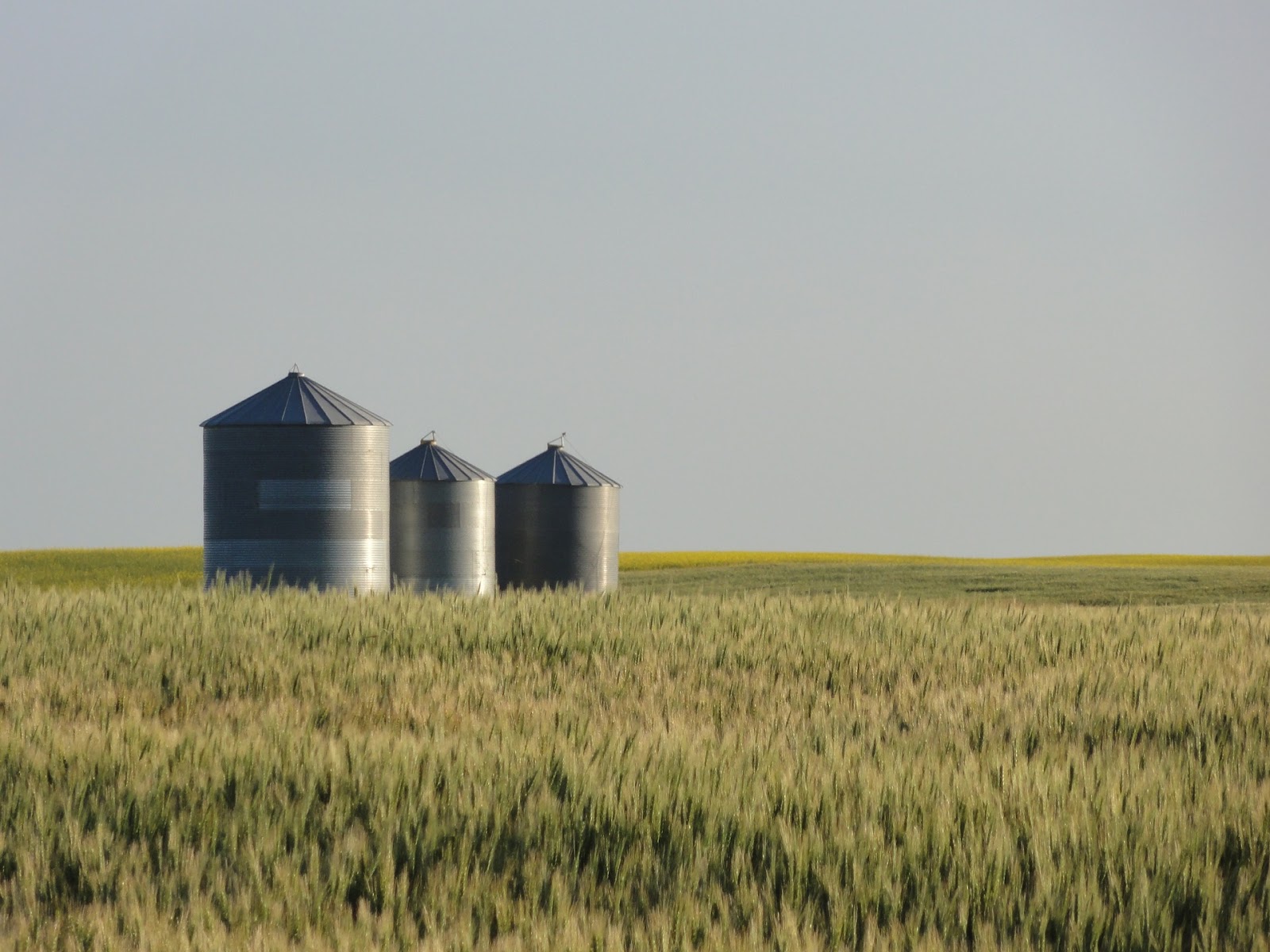Snow and cold can be good for wheat production: snow provides moisture for the soil, while cold temperature can eliminate diseases or provide insulation to very cold temperatures.
What is… The impact of snow and cold on wheat production
»Climate change has already increased the occurrence of extreme temperature events, which has restricted the production and development of winter wheat.« (Zheng et al., 2018)
When dealing with winter wheat production, snow and cold temperatures can be more beneficial than rain in many ways as below the soil surface, freezing can help with production issues.
Despite the fact that nature seems peaceful, there’s quite a lot going on below the soil surface from what we can see – biologically. And although we can not see it, it can be of great influence on wheat production in the spring season following winter.
The benefits of cold temperatures and snow on winter wheat production
Cold temperatures can eliminate many damaging insects and pathogens.
Extreme cold and frozen soil can reduce the survival rate of some insects, resulting in less insect pressure on crops during the growing season.
If freezing temperatures do not occur in the winter months, it can potentially result in lower yields, which then can drive grain prices higher because of production issues.
Snow is good!
Snow can act as an insulating layer for plants, protecting them against extreme cold. With snow covering the soil the plants are protected both from cold injury and wind erosion.
Also, the freeze cycle of water helps soften the soil and snow provides some spring soil moisture when it melts. The general rule is that 25 cm of snow equals 2.5 cm or 25mm of liquid water (depending on whether the snow has a low or high water content).
Moisture helps increase the root growth of winter wheat.
Roots will continue to grow slowly in the fall if there is adequate moisture, which is important for the survival of the plant over the winter. This is the time in which winter wheat “hardens off” and determines the crop’s survivability and health. The precipitation that falls as snow will also act as an insulating blanket, protecting the roots from winterkill (wet soil takes longer to freeze than dry soil).
Wheat is adaptable to a broad range of moisture conditions:
- Wheat grows in areas with 250 – 1750 mm of rainfall.
- Optimal production requires an adequate source of moisture throughout the season.
- The root system can be up to 1.5 m in depth – depending on soil type.
- 70 % of water is from the upper half of the root system.
- Peak consumption is 8mm/day during grain development.
- Very tolerant to water stress.
Measure – monitor – manage
Technology in Agriculture can work only if:
- crop biology, climatic requirement and variety potential are known,
- pest and disease biology and pressure are known,
- meteorological conditions are known and
- soil quality & potential is known.
IoT decision support system
Weather stations and other sensors provide localized, site-specific actionable data for work planning. Having accurate, precise and reliable weather data is therefore crucial for successful wheat management and production.
It can be achieved with a perfect set-up of IoT solutions as they combine permanent observation and weather and soil data with which you’ll be able to fully implement nutrition management and plan the irrigation and chemical applications (fertilization & spraying), and also prevent crop losses due to possible plant diseases. The remote field monitoring devices provide field conditions, growth of the crop, weed development, phenological phases of plant development, etc., in various fields and consequently help you save water, money and time.
And don’t forget about the proper storage of wheat (moisture and temperature) as the aeration and cold temperatures reduce the insects’ ability to reproduce.
Literature:
- Zheng, D., Yang, X., Mínguez, M. I., Mu, C., He, Q. And Wu X. (2018). Effect of freezing temperature and duration on winter survival and grain yield of winter wheat, Agricultural and Forest Meteorology, 260–261, 1–8. https://doi.org/10.1016/j.agrformet.2018.05.011
- Massey, J. (2018). Extreme cold: The impact of cold weather on farming, Climate Fieldview.
- Karki, D. (2021). Effects of snow on wheat, South Dakota State University Extension.
- Watson, S. (2012). Snow can provide benefits to wheat crop, Successful farming.
- METOS by Pessl Instruments. Use case.




